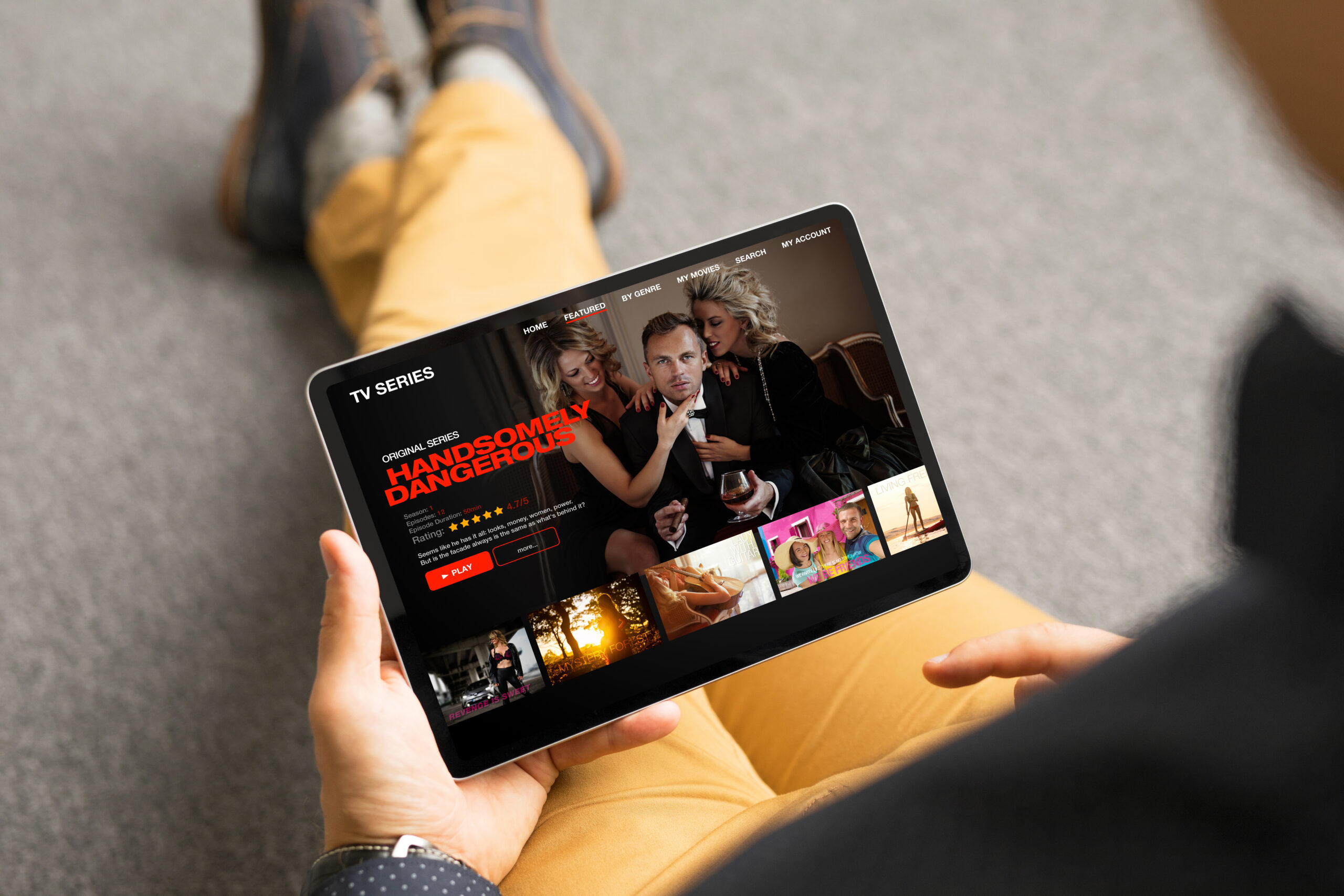Influencer marketing is the heart of the digital marketing. It is constantly changing and influencer marketing is a powerful tool. The pricing of influencer marketing has become a vital parameter for brands to leverage this tool. With influencer marketing gaining greater momentum, the nuances and flow of influencer marketing are more important now than ever.
This blog talks about how the pricing element works for influencer marketing.
Factors that Impact Influencer Marketing Costs
Here are some factors that impact the cost of influencer marketing.
Type of Influencer:
Every influencer belongs to a specific tier. It impacts the costs of running an influencer marketing campaign. The counts, engagement rates, niche authority, and quality of the content play a vital role in hiring such influencers. Decoding the type of influencers:
- Nano Influencers: These influencers have 1000 to 10,000 followers.
- Micro-Influencers: These influencers command over 10,000 to 100,000 followers.
- Macro Influencers: Such influencers have about 1 million followers.
- Mega Influencers: These influencers have over a million followers.
Platform:
There are several platforms for influencers to market. The choice of the platform plays a huge role in determining the cost as the platform’s user demographics influence it. Every social media has its own unique merits and challenges that affect the cost. The different platforms include:
- TikTok
- Snapchat
- YouTube
- X
Campaign Goals:
The influencer marketing campaign’s goals and length largely influence the price. Marketing campaigns can be one-time things or long-term relationships. Singular goal-oriented campaigns are done to create instant impact. Campaigns that work over a series of posts provide room for a narrative to build up. The costs for long-term campaigns are certainly more pricey.
Content Type:
The type of content created can also influence the price. The complexity of the content, production value, and the effort required also impact the cost. Static posts and temporary content like statuses and stories are a whole lot cheaper than videos, live sessions, and blog posts.
Common Pricing Models
Let’s look at the common pricing models for influencer marketing.
- Flat Fees: This is the most common pricing model used. The agency evaluates the project and estimates the time needed to complete it. They add a margin to the price and are suited for short-term projects.
- Percentage of Ad Spend: Percentage of Ad Spend: This model is used when a certain campaign does not have a fixed budget. A percentage of the overall money spent on a campaign is predefined as the charge for the campaign.
- Performance-Based Pricing: This model uses a results-driven approach. It only pays for the results achieved. It is ruled by a strict contract and is evaluated based on several performance metrics.
Average Costs by Influencer Tier
Here are the average costs influencers charge
- Nano-influencers (1K-10K followers): These influencers offer high authenticity and brilliant engagement. These influencers target lower fees and these are perfect for small brands. They can charge between $25 and $1105.
- Micro-influencers (10K-50K followers): They have a dedicated base of followers and they accommodate the perfect balance between reach and engagement. They have high engagement rates and are a little more expensive when compared to nano influencers. They charge approximately $109- $1674.
- Mid-tier influencers (50K-500K followers): These influencers command over a larger crowd. They charge between $481 to $3396.
- Macro-influencers (500K-1M followers): Such influencers have a broad reach and they are perfectly suited for enhancing brand awareness. They charge substantially and these drive conversions. They charge between $949-$4992
- Mega-influencers (1M+ followers): Most celebrities are mega influencers. They charge premium rates and they offer unparalleled reach as well as visibility. They can charge anywhere between $1694-$5497
Additional Costs You Should Consider
Here are some additional costs you should consider.
- Agency Fees: The reputation of the agency and its experience factor into the additional costs entailed. Agencies with established portfolios are more expensive due to their extensive credibility and quality.
- Content Creation and Production Costs: The production and content curation costs are certainly not free. The type of content, quality of the content, combined with the variety will impact the final price.
- Ad Spend: The scope and scale of the project also affect the final prices. If your requirements are many, the price will also go up proportionally.
- Tools and Software Subscriptions: Based on your needs, dedicated resources and tools will also be needed. These come at an additional cost. Hence, with the need for a greater number of tools, software, and editing equipment, the price is also driven up.
Understanding if influencer marketing is worth it
If you want to understand where your influencer marketing campaign is working, you must measure the progress and results. Here are some crucial performance indicators that measure the results of influencer marketing:
- Brand awareness: This can be evaluated by monitoring the number of new followers, impressions of the posts, campaign hashtags, search volume, etc.
- Increased conversion rates: The conversion rates can be monitored by the curation of trackable links, and affiliate links, and by evaluating the campaign landing page traffic.
- More community engagement: The total engagement can be evaluated along with the post-engagement rates through different metrics like saves, comments, and shares.
How can you find influencers in your budget?
You might consider the following factors to secure influencer marketing within your budget:
- Sponsored post engagement: Posts that are sponsored often gain lower engagement rates than organic content. To be aware and avoid overestimating the probable performance of an influencer, ensure that you evaluate the success of their sponsored content.
- Increase in the number of followers: Influencers with growing numbers of followers are valued as they amplify the reach of their posts. Influencers are largely unaware of how quickly their target is growing when compared to other influencers. This can pose an important metric for businesses to use while negotiating the price.
- Demographics: Most social media platforms give comprehensive demographic insights. These can be used when creating a marketing strategy and choosing which creator to sponsor.
- Bots: You must keep an eye out for influencers that inflate their performance claims. Certain creators can make fake statistics by paying followers that can be fake accounts. The signs listed below can help you see if the traffic is bot traffic:
- Follower growth sporadically
- Inconsistent rates of engagement
- Vague comments
Contact Glomm today for all your influencer marketing requirements!




